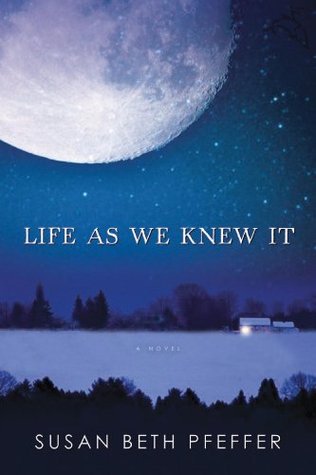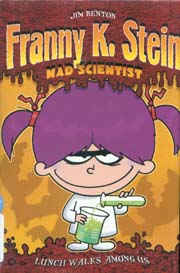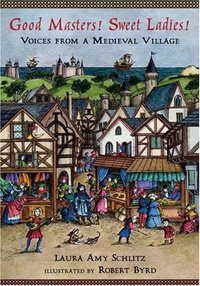
It’s been a while, but I’ve been thinking a lot about adding to the “What Are You Reading Monday?†links. Thank you to Unleashing Readers and Teach Mentor Texts for giving book lovers this opportunity. I’ve again been participating in my summer reading challenge, trying to read a book each day. I’ve been successful so far, and you can see my progress on Goodreads. For now, here are the seven books that I’ve read this week:

Readicide by Kelly Gallagher
This book outlines the problems in the classroom that are turning students into non-readers, such as too much emphasis on standardized tests and over-teaching classic literature. It also offers solutions to these problems, such as close reading strategies and an emphasis on independent reading in class. Gallagher has written a book that is a good companion to Reading in the Wild by Donalyn Miller.

The View from Saturday by E.L. Konigsburg
When four Grade Six students come together to compete in an academic competition, their teacher can never quite explain why she chose to combine this terrific group. Told from the perspective of each of these four students and their teacher, this book is a pleasant read as it teaches acceptance and companionship despite differences.

Adam of the Road by Elizabeth Janet Gray
Set in the Middle Ages, this book tells the story of Adam, the son of a wandering minstrel who loses both his father and his dog and must fend for himself for months in various villages surrounding London. The book was a little slow in parts, and had no definitive climax, but it gave great descriptions of life during the 1300’s.

Olive’s Ocean by Kevin Henkes
This book describes a young girl learning more about herself and her family while on vacation at her grandmother’s seaside cottage. It is a wonderfully calm and earnest read for those who enjoy realistic fiction.

The Year of Billy Miller by Kevin Henkes
Billy Miller is about to start Grade Two. Throughout the year he will encounter a misunderstanding with his teacher, an annoying classmate, a wonderful yet frustrating younger sister, and a patient mother and father. This book serves as a great introduction to chapter books for young readers.

Hattie Big Sky by Kirby Larson
Orphan Hattie has been bounced around from one distant relative to another, until she decides to try to settle a land claim in Montana that was left to her by an uncle she never knew existed. This book gives a good view into what life was like for pioneers in 1917, as well as giving insight into how World War I affected the homefront.

Squish: Super Amoeba by Jennifer Holm and Matthew Holm
In the first graphic novel of the series we are introduced to Squish, a small yet courageous amoeba. Squish wants to do the right thing and protect his friends, even if it means getting eaten by Lynwood, the amoeba bully. The humour is often a little too simplistic for adults, but this would be a good book selection for emergent readers in upper elementary and middle school.
I’ll keep reading, and try to post some more of my book selections next week.











 Â
 








